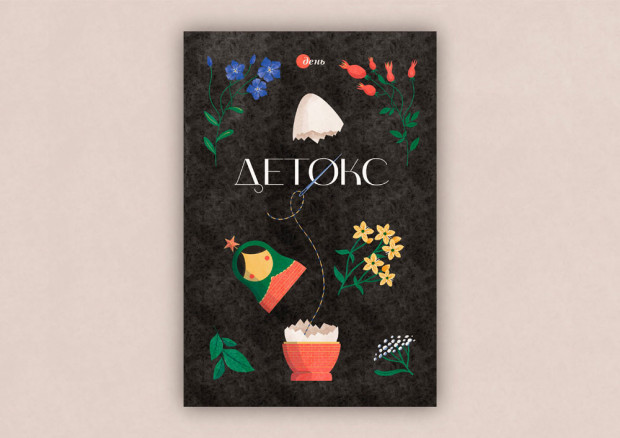Three Floors of Unforgettable Impressions
of the capital of united Germany, now fighting to become a different planet. It takes several stops, then a switch to some borderline
Friedrichstrasse station - the address is not only in print, but there is also a map,
done with inherent German precision.
You talk several friends into going with you, saying there is nothing more disheartening than seeing the sights all by yourself. Your friends agree, although without much enthusiasm. After all, they have to accompany you, because you do not know the language. Using magic German words you save them from death by hunger, thirst, and aimless wandering. And they know it.
"What is this?" they ask you en route.
"I don't know," I reply and immediately retell them the contents of the brochure. An authentic bomb shelter, a bunker dating from 1945. Three floors of unforgettable impressions. I quote the text.
In reality, everything turned out even worse than one could have expected. Solid walls, arrows pointing the direction, stairs, booking office, a ticket inspector, made up and wearing a dark cape. The exposition starts with the upper floor, Gruselkabinet, the chamber of horrors: darkness and mist, distant rumbles of thunder, flashes of lightning, howling wind, an owl crying out in the distance. Now, and then images flash of ruined tombs, dead bodies rising from their graves, giant roaches crawling up and down the wall, scurrying rats, demoniac whistling and guffawing. And finally the only live character, a growling vampire attacking visitors, springs out of nowhere on more than one occasion, behind one's back or right next to you, then as suddenly vanishing into thin air in one of the numerous side corridors. After his first attack you start laughing your head off and keep talking ever louder (goddamn psychology!), showing everybody that you are not frightened. And then he pays a farewell visit, emerging from the mist and night, this time dressed as a student or jobless person, with splotches of red paint all over his clothes.
The next floor was dedicated to "spectacular medieval medical scenes." A leg amputated sometime in the Middle Ages, blood transfusion between a lamb and man, patients waking up in patented coffins, genital surgery whereby the patient is hung upside down, his feet fastened to the ceiling, and other sights just as invigorating. The German inventive spirit made it possible to automate every element of the gut-churning show (the dummies moved somewhat spasmodically, but this was part of the scenario), groans, shrieks, and screams of agony. So much refreshing experience, not bad.
Then on to the ground floor, actually a basement, dedicated to modern history. It was one of the places where Berliners sat out allied air raids. A piercing voice from the loudspeaker (a record, of course) shouts, "Achtung! Achtung!" It is something we all remember all too well: no one and nothing is forgotten, as the Leningrad siege memorial reads. We learned that people, when hiding in such bomb shelters, lost a great many personal belongings now forming the exposition, ranging from Himmler's calling card (some lucky devil found it!) to a bottle of Nazi elite perfume labeled Weisser Flieder (White Lilac) and contemporary newspapers, first of all the Volkischer Beobachter and its June 21, 1941, issue without a single word about the next morning's invasion of Russia.
How was one to combine this all, we asked. Perhaps as postmodern garbage?
Maybe those Americanized horrors plus medical history plus WW II memories
had to be combined to yield some stunning palimpsestic effect of modern
existence, and all for a mere DM 12.00 admission fee? Why not? For all
those nincompoops known as tourists throughout the world? Let them pay
and try to enjoy their money's worth. Let them enjoy their liberties and
entertainment. It is their money, is it not? There is no escape from Berlin's
last bunker.
Newspaper output №:
№27, (1999)Section
Culture





